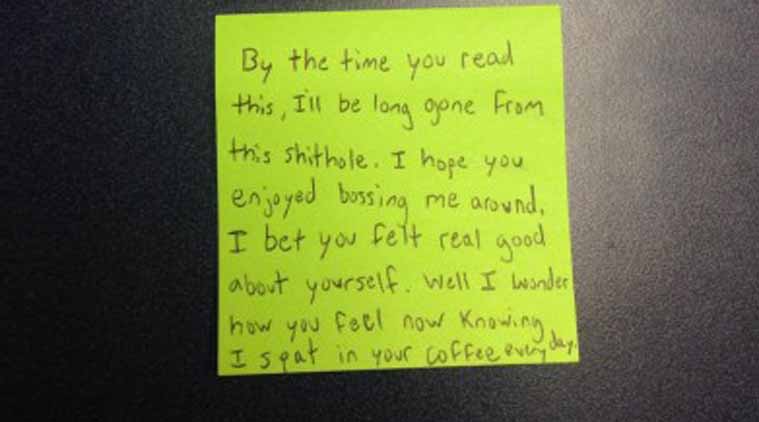

I tried a few different methods, all tried and true by various authors, and began to despair that I’d find anything that would organize the chaos I had singlehandedly brought down on myself. So, I set off in search of a revision method that would work for me. How was I going to squeeze all my edits into one document, let alone make notes on what should be moved where? Did I really want to work through the manuscript ten times (once for each beta reader) just finding where each edit belonged? Um, no.Īt the point that I felt like curling up on the carpet in fetal position and just pretending my book was FINE the way it was, I knew I needed a better method for organizing my revisions. Suddenly, working from a printout with my trusty purple pen looked like a recipe for catastrophe. For my novella Sunbolt, I got feedback from no less than ten beta readers in the first of two rounds of beta reading (that process is a whole other blog post). Then I got serious about writing and developed a beta reading team.

Then I’d sit down before my computer and work through it.

When I first worked through revisions, back in my early days of publishing, I printed out a copy of the novel in question and read through it, marking where edits belonged (sometimes bringing together feedback from two or three readers). It’s not like anyone else is going to do it for you. Me? The first draft is where the glory is everything afterward is just what you do because, you know, you’re an author. Once it’s down on paper, oooh! The fun begins. I may have lost count.) I know there are authors out there who love revision.
#Hate the new sticky notes full
I’m just going to put that out there as the author of a book that went through sixteen full revisions.


 0 kommentar(er)
0 kommentar(er)
